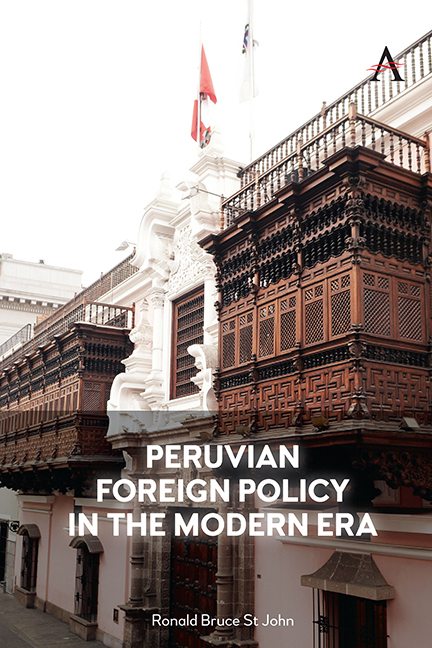Book contents
- Frontmatter
- Dedication
- Contents
- List of Figures
- Acknowledgments
- Abbreviations
- Map
- 1 Introduction
- 2 Alberto Kenya Fujimori, 1990–2000 and Valentín Paniagua Corazao, 2000–2001
- 3 Alejandro Celestino Toledo Manrique, 2001–2006
- 4 Alan García Pérez, 2006–2011
- 5 Ollanta Humala Tasso, 2011–2016
- 6 Pedro-Pablo Kuczynski Godard to Francisco Rafael Sagasti Hochhausler, 2016–2021
- 7 José Pedro Castillo Terrones To Dina Ercilia Boluarte Zegarra, 2021–2023
- 8 Conclusions
- Works Cited
- Index
7 - José Pedro Castillo Terrones To Dina Ercilia Boluarte Zegarra, 2021–2023
Published online by Cambridge University Press: 28 February 2024
- Frontmatter
- Dedication
- Contents
- List of Figures
- Acknowledgments
- Abbreviations
- Map
- 1 Introduction
- 2 Alberto Kenya Fujimori, 1990–2000 and Valentín Paniagua Corazao, 2000–2001
- 3 Alejandro Celestino Toledo Manrique, 2001–2006
- 4 Alan García Pérez, 2006–2011
- 5 Ollanta Humala Tasso, 2011–2016
- 6 Pedro-Pablo Kuczynski Godard to Francisco Rafael Sagasti Hochhausler, 2016–2021
- 7 José Pedro Castillo Terrones To Dina Ercilia Boluarte Zegarra, 2021–2023
- 8 Conclusions
- Works Cited
- Index
Summary
Following a period of extended political instability, an unprecedented 18 candidates sought the presidency in April 2021. When the ballots were tabulated, José Pedro Castillo Terrones, a school teacher, union leader, and self-proclaimed Marxist-Leninist, was the surprise winner in the first round with 18.99 percent of the vote, and Keiko Fujimori was in second place with 13.39 percent (El Comercio, 20 April 2021). Castillo won the second round with 50.13 percent of valid votes due to overwhelming support in the poorest areas of the country and in key mining regions, like Cotabambas, Espinar, and Chumbivilcas (El Comercio, 16 June 2021). Keiko Fujimori, who finished second for the third time, cried foul without evidence to back up claims of fraud, and once she exhausted every avenue to substantiate them, Castillo was declared the winner.
During the campaign, Castillo promised to rewrite the constitution, spend 10 percent of the GDP on education and health care, restructure the pension system and nationalize the energy industry (La República, 18 April 2021). His socialist platform alarmed international investors and the political class of Peru who feared his administration would end the free market economic model in place since the early years of the Fujimori government. Castillo responded to his critics by softening earlier proposals, promising a technocratic heavy cabinet and moderate economic policies. These changes temporarily calmed nervous investors and financial markets; nevertheless, his election was expected to lead to an extended period of political unrest. Of 130 congressional seats, Perú Libre, the party that nominated Castillo for the presidency, won only 37; consequently, Castillo was forced to govern without a congressional majority. Keiko Fujimori's Fuerza Popular party took 24 seats, presenting a small but determined opposition (Moncada 2021).
Democracy in Peru
The election of Pedro Castillo highlighted the many problems undermining democracy in Peru. Low levels of institutional legitimacy, a weak party system, an often corrupt unicameral legislature, and the repeat appearance of outsiders in the political arena have plagued Peru for three decades (Paz-Soldan 2022). The ongoing conflict between the executive and legislative branches of government was the most persistent problem as it made it difficult if not impossible for chief executives to enact the policies, they promised during their election campaigns (Shifter 2021).
- Type
- Chapter
- Information
- Peruvian Foreign Policy in the Modern Era , pp. 63 - 74Publisher: Anthem PressPrint publication year: 2023

